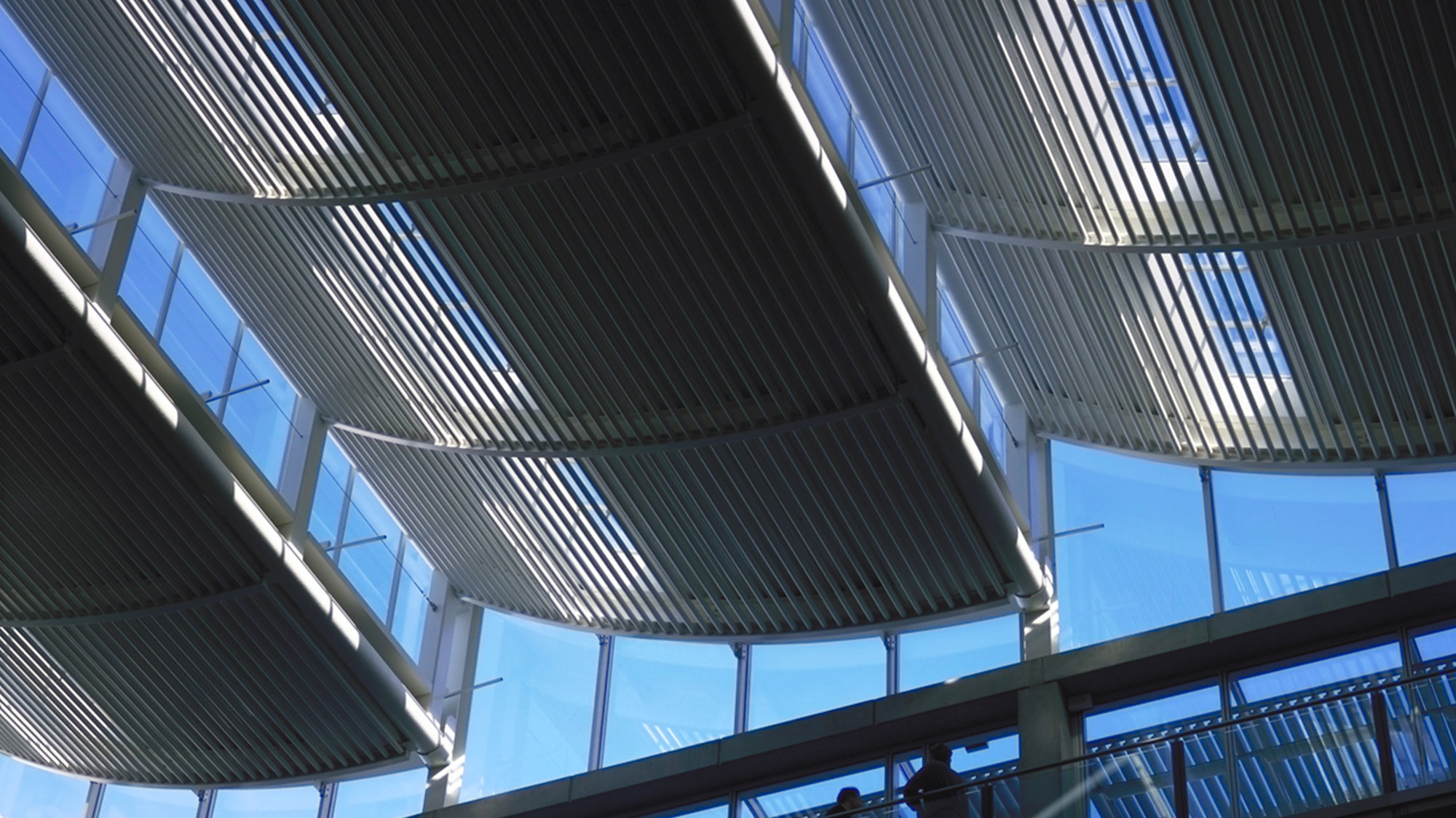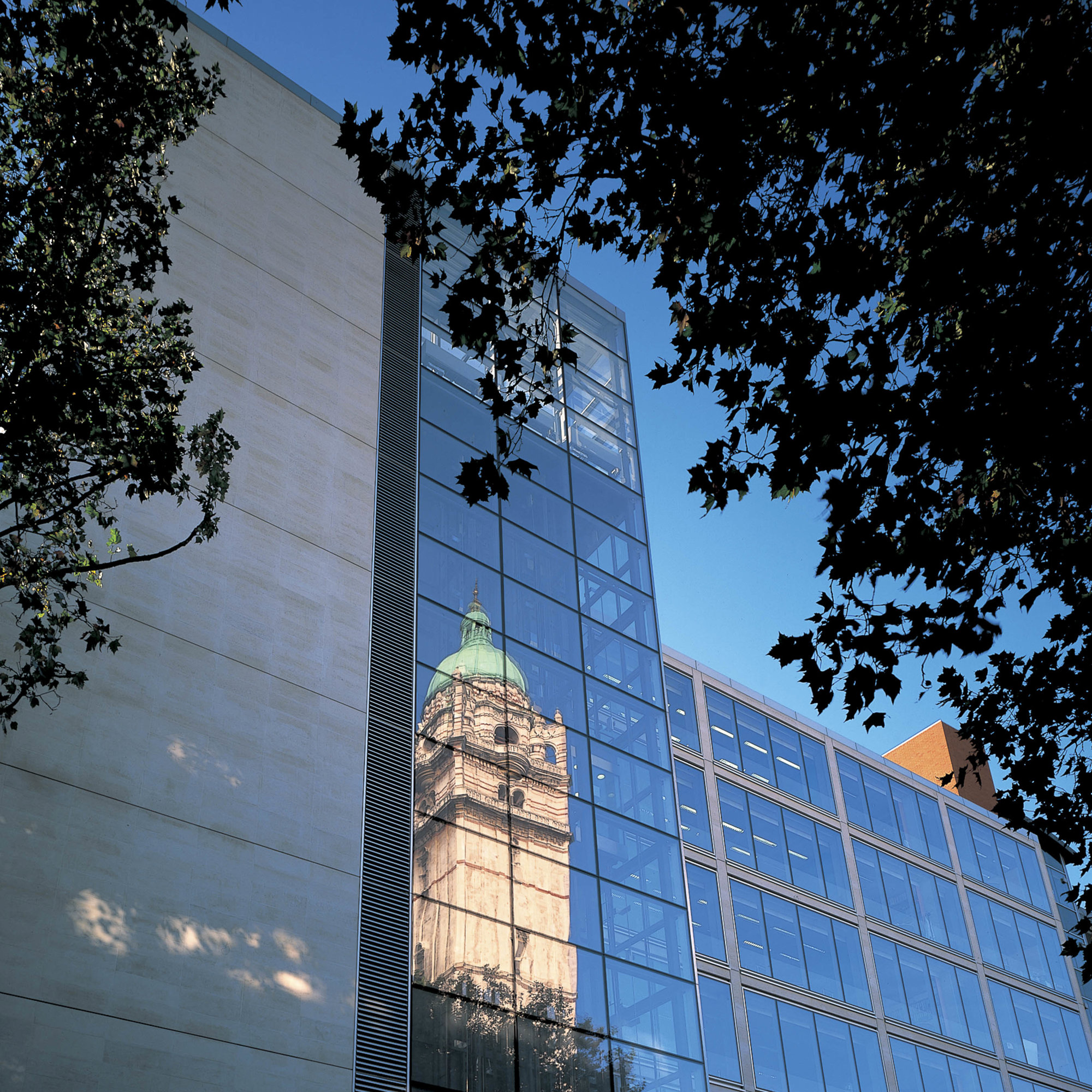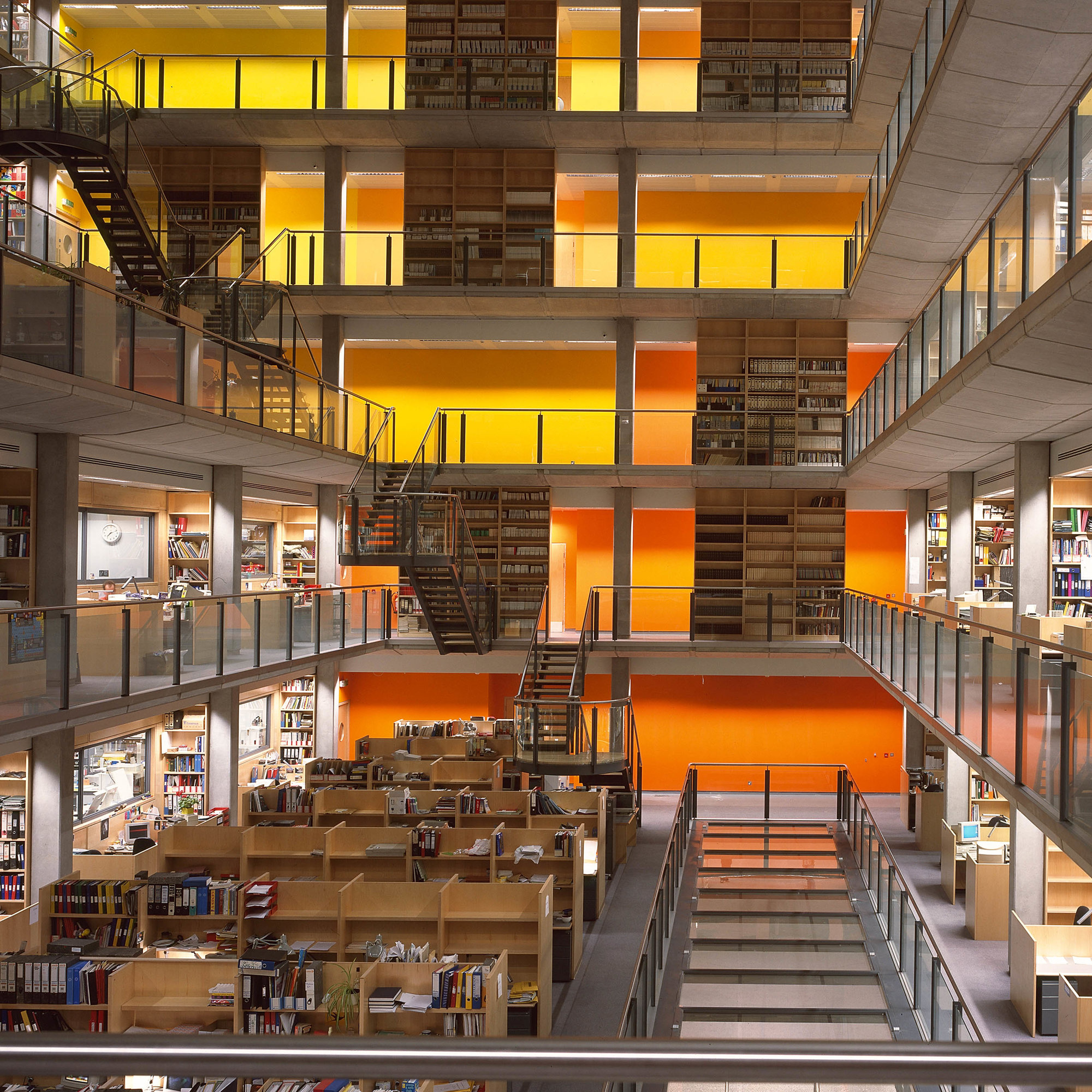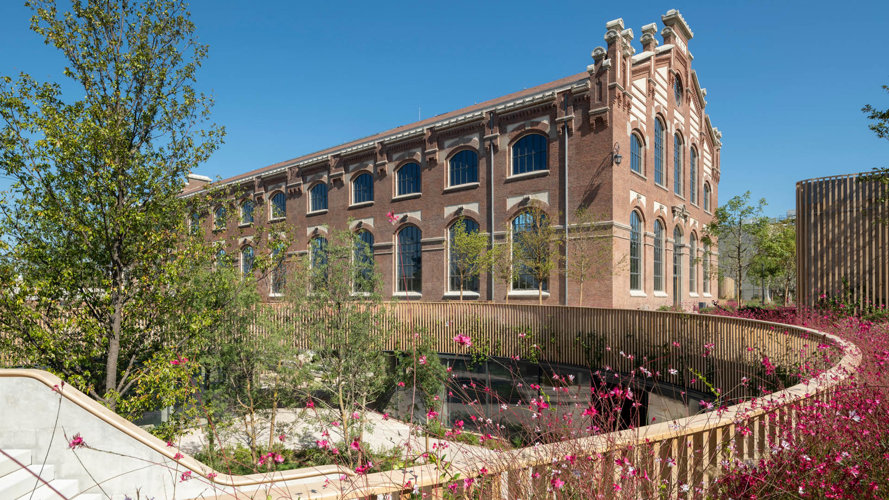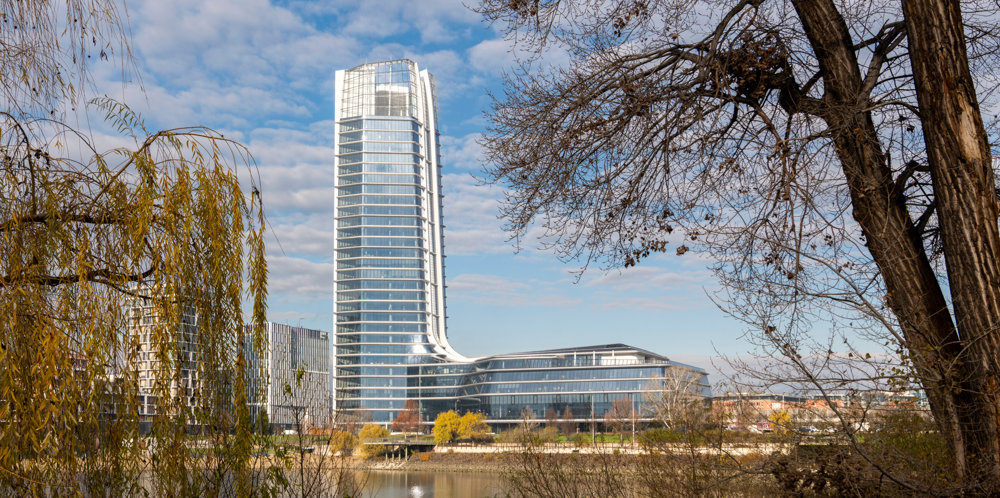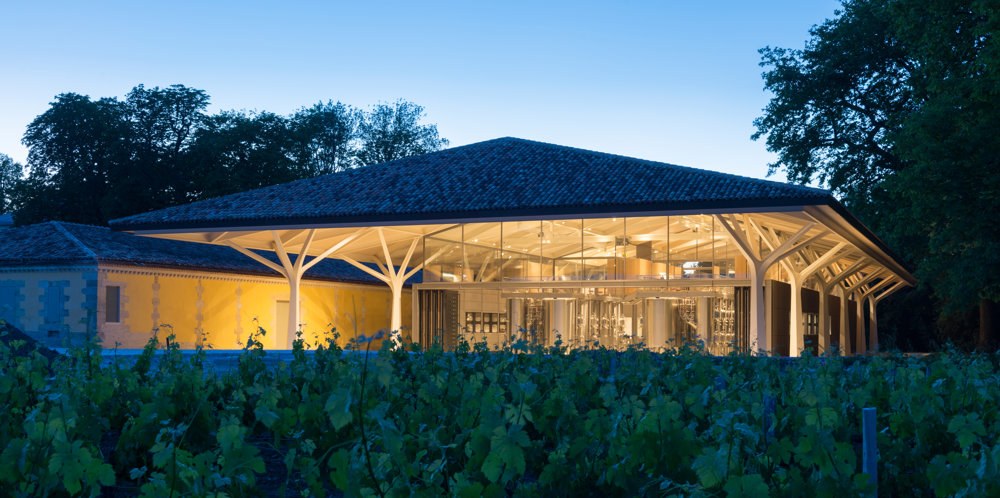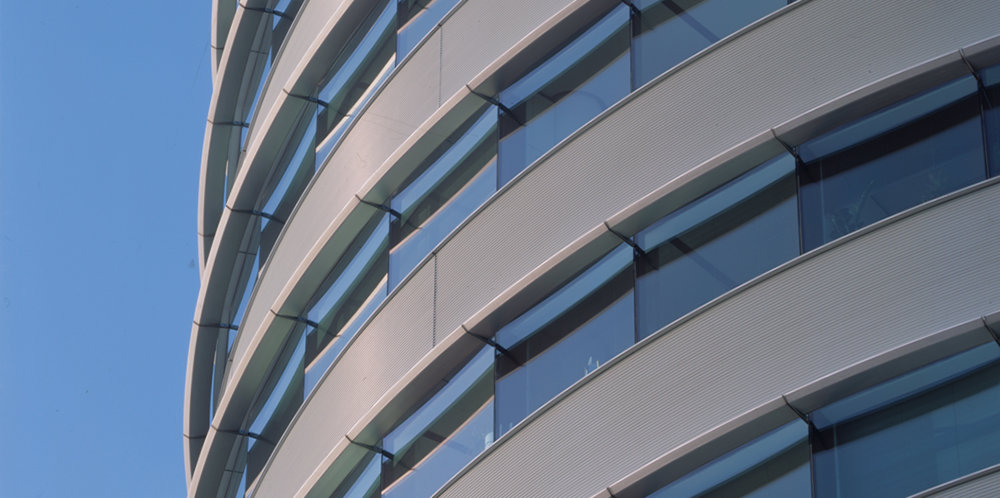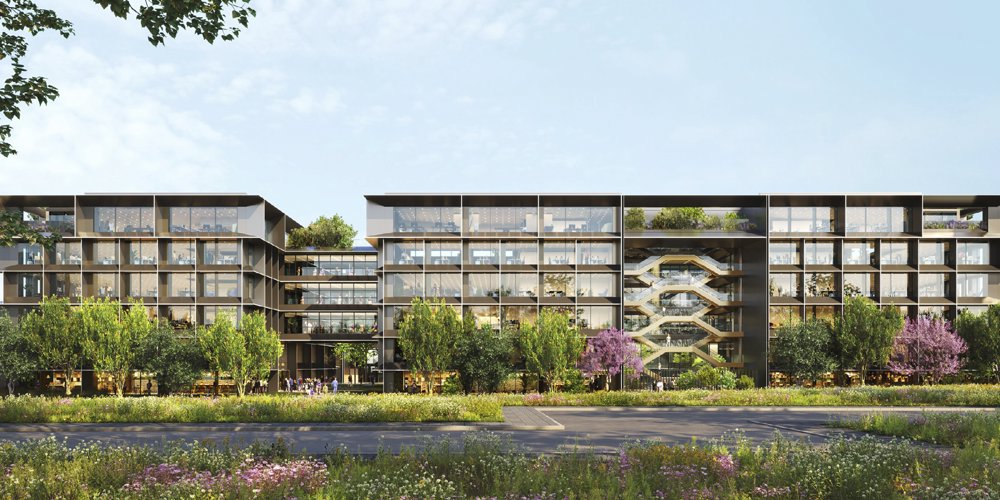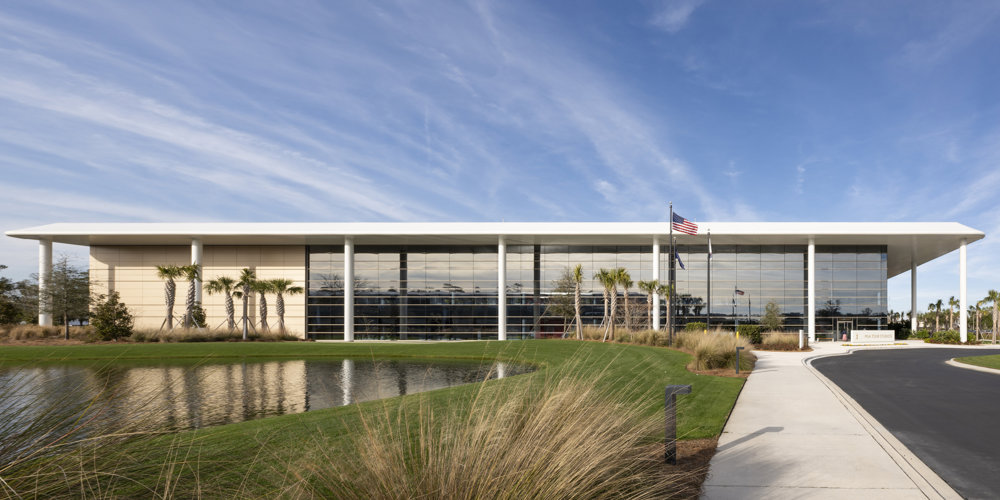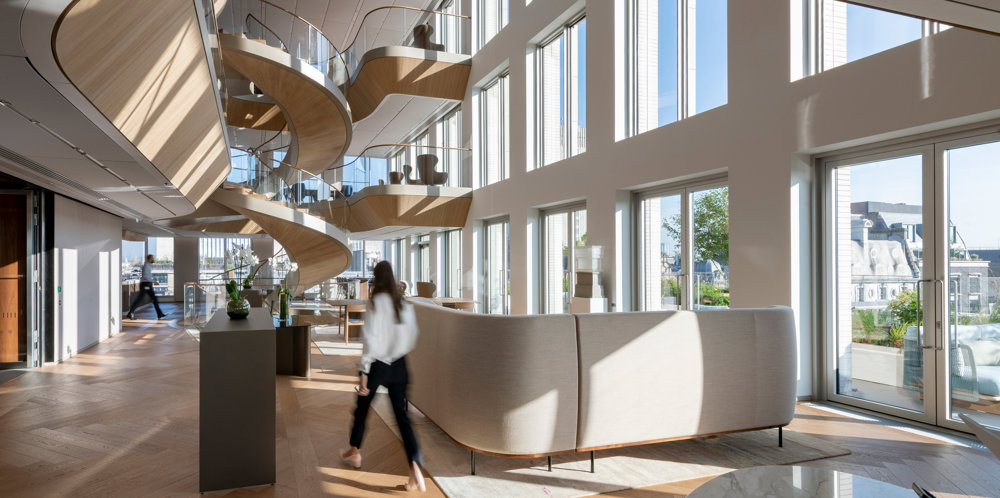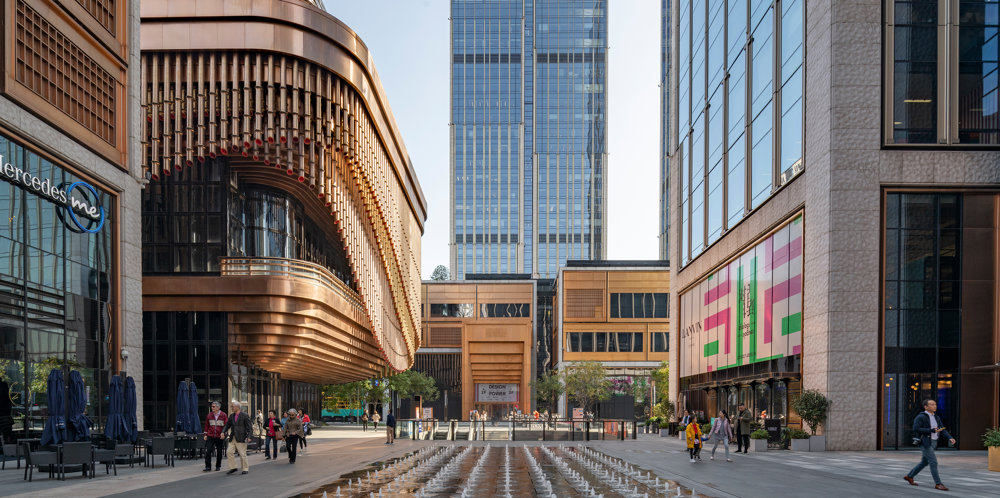The demolition of a large number of Imperial College’s buildings after World War II left a poorly coordinated campus. In response, the practice formulated a masterplan that identifies key sites for redevelopment, including environmental improvements, and established guidelines for buildings to be designed by others. The practice’s first building within the masterplan is the Sir Alexander Fleming Building, which represents a major advance in medical research facilities, encouraging social and intellectual interaction to an unprecedented degree.
At its heart is a research forum on five levels, where research work not directly associated with the laboratory takes place. It provides an open arena where researchers can meet their colleagues from all disciplines and all levels, and forms the hub of the building’s primary circulation system. Standard and specialist laboratories are wrapped around the forum, as are undergraduate teaching spaces, administration and a café.
The forum widens as it rises, forming open-plan terraces for research students on the second and fourth floors, where the perimeter is lined with study carrels. Sculpted rooflights introduce a combination of north light for optimum working conditions and controlled sunlight to bring sparkle into the building. Fully glazed at its northern end - the site’s only open aspect - the forum looks onto the Queen’s Lawn and Queen’s Tower, the last fragment of the 1890s campus.
Modular laboratories are designed to be used by any microbiologist and are flexible enough to allow changes in use or to adapt to new techniques. Alongside these are specialist facilities, which need to be close to the building’s service risers. These risers are configured at the edges of the site, leaving the central space free and flexible. This is essential to allow for the rapid pace of change in the research world. Even as the building was being constructed, the requirements of its users were changing - and the design was able to adapt to their evolving needs. The practice has also completed the FlowersBuilding, which provides bioscience laboratories for interdisciplinary research at postgraduate level.









